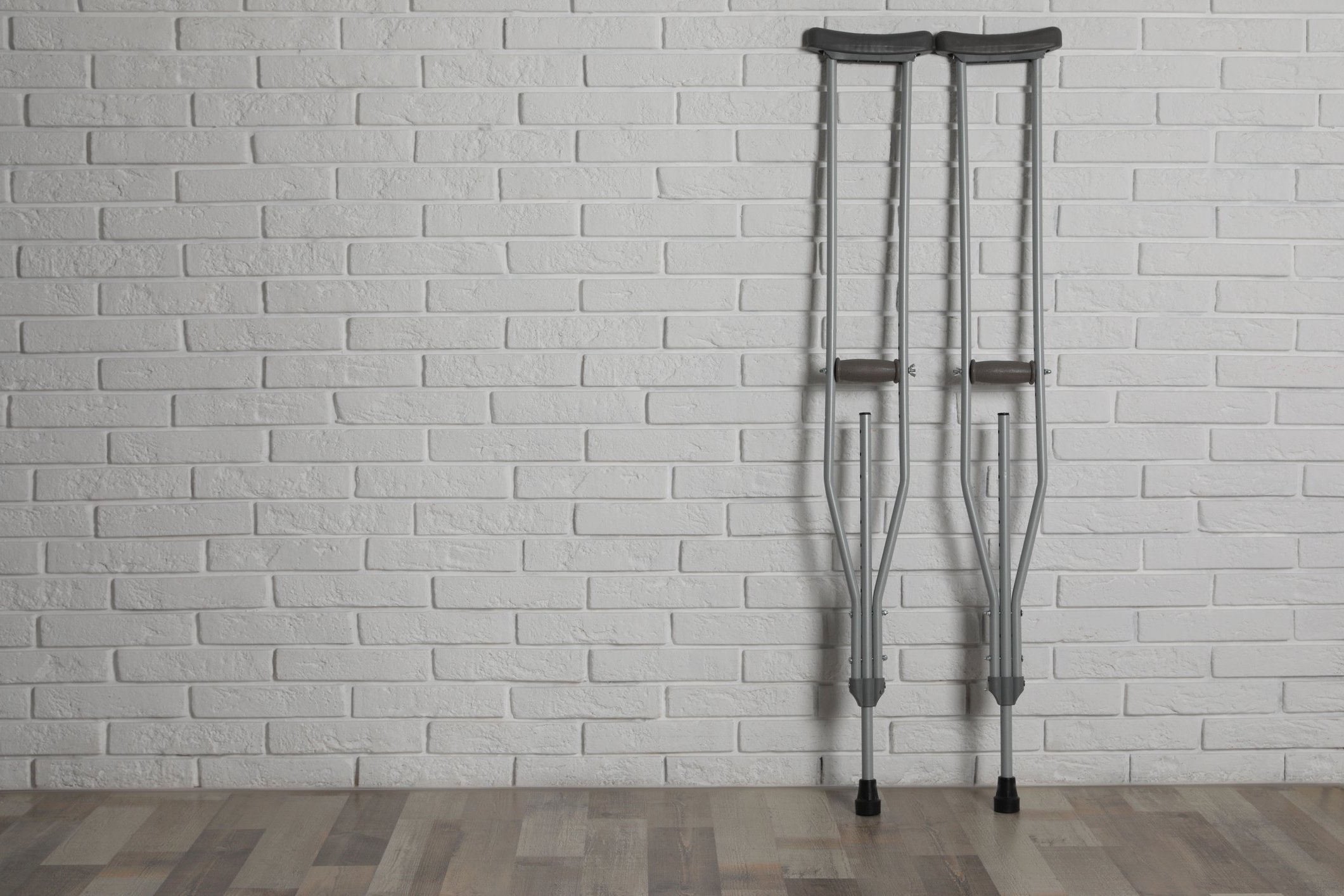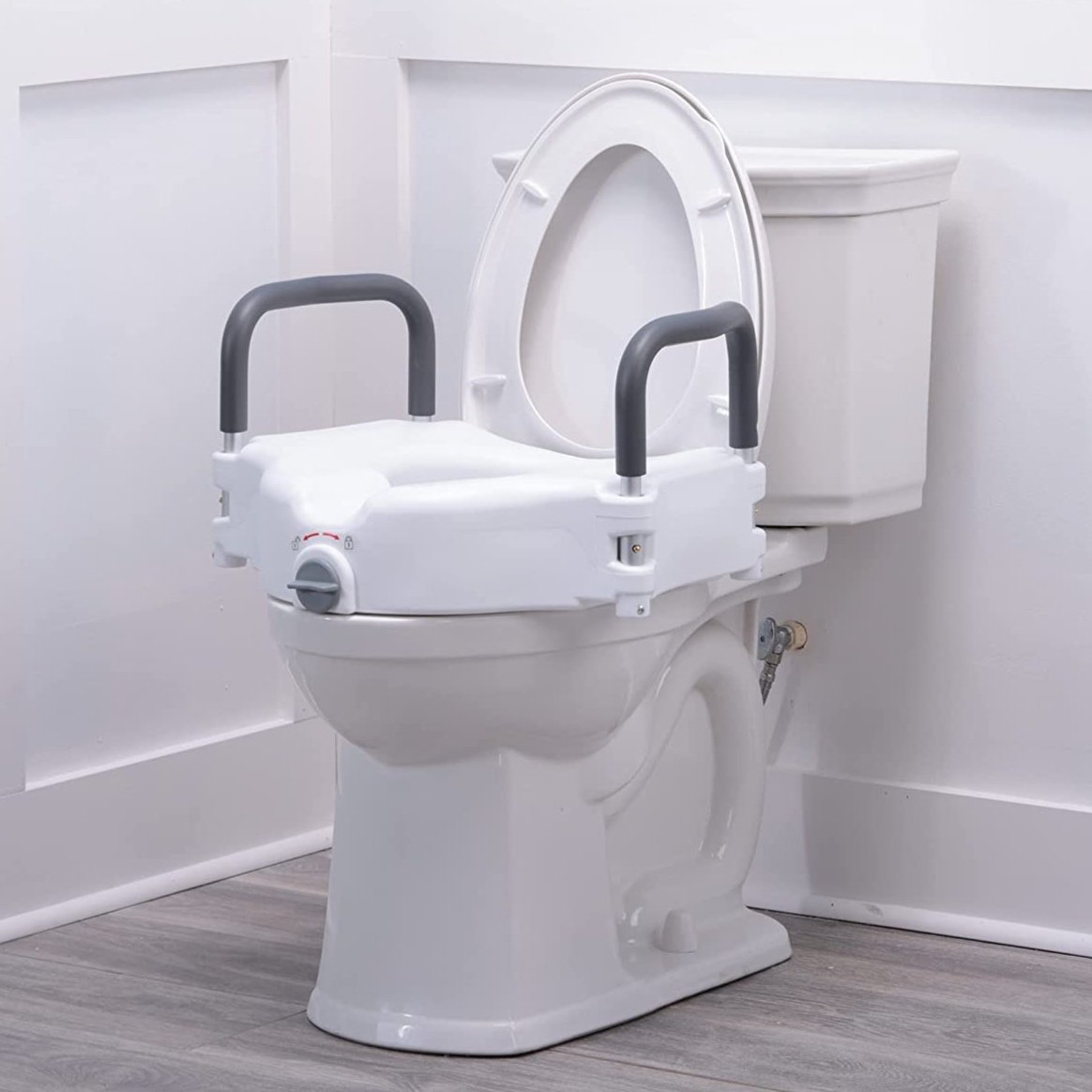
Supplies and Equipment
After Surgery Recovery
Preparation before surgery is the key to success afterwards and can alleviate stress during your critical recovery period. We encourage you to review our list of recommended devices, supplies, and equipment to prepare yourself and your home for your recovery.
You can visit shop-recovery.net/henry to order supplies, or you are welcome to use any website or vendor.
-

Knee Scooter/Walker
This is a great option to get around after surgery. You should still have crutches or walker for narrow or small spaces. Remember: although the knee scooter allows you to easily move around after surgery, you still should rest and elevate most (90%) of the day in the first 2 weeks after surgery.
-

Leg Elevation Wedge Pillow
Elevation (resting the leg at a raised position) is very important after surgery to reduce pain, swelling, and the risk of infection. A wedge pillow helps you elevate your leg to the correct height (above the level of your heart!) after surgery. You can also DIY this by stacking couch cushions and/or pillows to the appropriate height.
-

Cast Cover
This protects your splint/dressing from getting wet after surgery. You can also DIY this at home using a garbage bag, towel, and tape around the leg/thigh so water doesn’t get on the splint. Remember: any cast cover is never 100% waterproof, so take care to keep the leg as far away from the shower stream/bath water as possible.
-

Even Up Shoe Lift
Once you are allowed to start putting weight on your surgical leg in the boot, we recommend an EvenUp, which is an external shoe lift for your non-surgical leg. This prevents the boot from throwing off your gait and causing problems with your back, hip, and leg.
-

Shower Chair
A shower chair or stool helps you sit in shower without putting weight on your leg.
-

Shower Transfer Bench
This is similar to a shower chair, but has a bench that sits partially outside the shower as well to make transferring easier.
-

Elevated Toilet Seat
Some patients find it difficult to lower themselves down on a low toilet seat after surgery, especially while on crutches.
-

Boot Liner Socks
Many patients will be using a surgical boot for several weeks/months as part of their recovery. These socks protect the surgical wound and leg from rubbing from the boot.
Non-Surgical Resources
The first line treatment for many foot and ankle problems is non-surgical. Dr. Henry may suggest an over-the-counter orthotic (insert), brace, shoe, or other support. You can review our commonly recommended supplies, and order at shop-recovery.net/henry.
-

Lace-Up Ankle Brace
This is a low-profile brace for supporting and protecting the ankle. It can be used when recovering from an ankle sprain or used preventatively during sports/activities. It can be used as needed and removed when resting/sleeping.
-

Malleotrain Brace
The Malleotrain is a beloved, low-profile brace for supporting and protecting the ankle. It can be used when recovering from an ankle sprain or used preventatively during sports/activities.
-

AchilloTrain Brace
This is one of the most supportive and comfortable braces (prescription or otherwise) for pain at the back of the heel. If you have Achilles tendinosis, tendinitis, or other pain, this is useful for daily activities and walking.
-

Carbon Fiber Footplate
This low-profile orthotic is stiff and provides support for pain in the midfoot and forefoot, including for arthritis and injuries.
-

Arch Rival Orthotics
The DonJoy Arch Rival is an excellent orthotic for patients with high arches (cavovarus feet).
-

Morton's Extension Orthotic
This is a low-profile orthotic (insert) that provides support underneath the big toe for arthritis (hallux rigidus) or injuries.
-

Metatarsal Pad Orthotic
These orthotics provide arch support and have a "metatarsal pad", which helps relieve pain and pressure at the ball of the foot and the metatarsals/toes.
-

Flatfoot Orthotic
These are terrific, affordable over-the-counter orthotics for individuals with flexible flat feet and/or plantar fasciitis.
